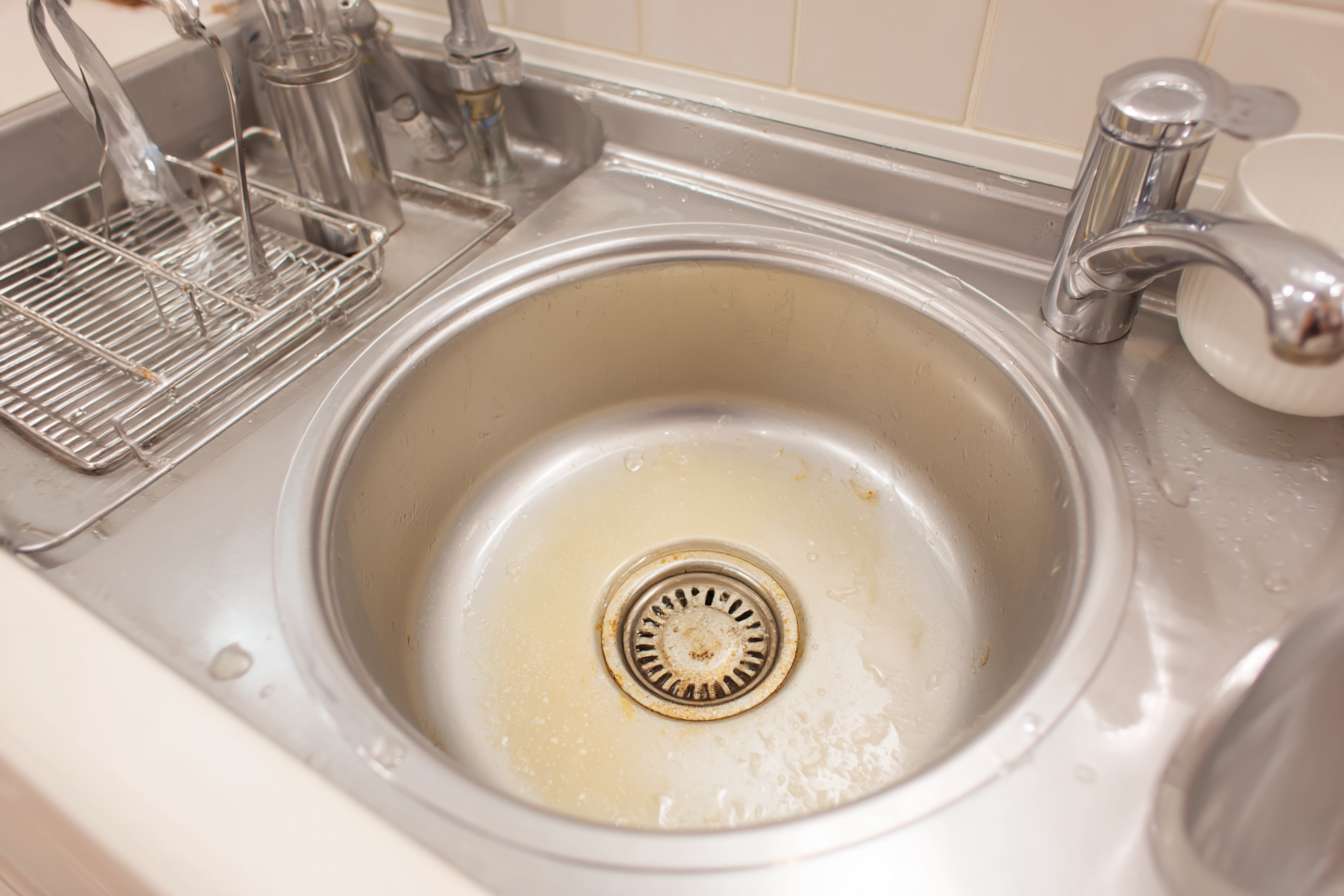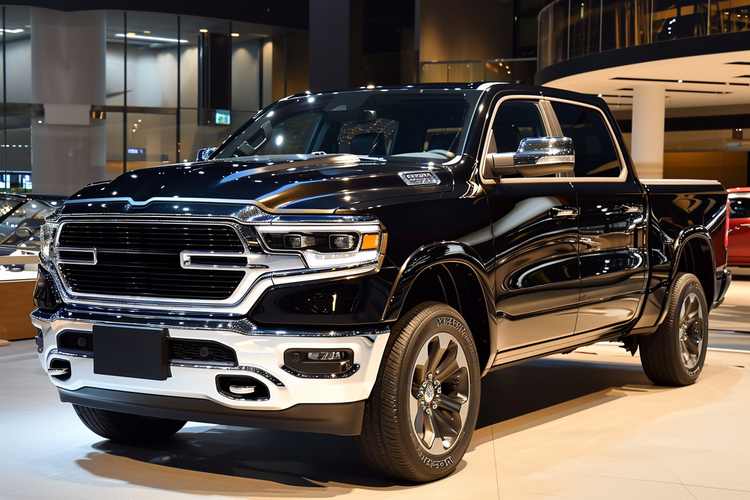Build Your Own Online business with Unique vintage clothing
The world of online commerce is evolving—and now more than ever, individuals are discovering simple ways to launch successful businesses from the comfort of home. By sourcing rare and timeless fashion items in bulk, many are stepping into the world of digital resale, creating profitable stores with strong customer appeal. If you’re ready to explore a business model that blends creativity, flexibility, and real growth potential—this might be your perfect entry point into the business world.
Why Start Business with Vintage Clothing Online?
The vintage clothing market has experienced remarkable growth, with consumers increasingly seeking unique pieces that tell a story. Unlike fast fashion, vintage items offer exclusivity and character that modern shoppers crave. When you start business in this niche, you’re tapping into a market where authenticity and individuality drive purchasing decisions. The online format allows you to reach customers globally while maintaining low overhead costs compared to traditional retail stores.
What Makes Vintage Clothing Profitable for Small Business?
Starting a small business in the vintage clothing sector offers several advantages. Vintage items typically have higher profit margins than new clothing, as their value often increases with rarity and condition. Many successful vintage sellers source inventory from charity shops, estate sales, and wholesale vintage suppliers, then resell at 200-400% markup. The key lies in developing an eye for quality pieces and understanding which eras and styles are currently trending in the fashion market.
How to Source Quality Vintage Inventory?
Building a successful vintage clothing business depends heavily on your sourcing strategy. Estate sales and house clearances often yield the best finds, particularly in affluent neighbourhoods where quality pieces are more likely to surface. Charity shops remain valuable sources, though competition from other resellers can be fierce. Online wholesale vintage suppliers offer bulk purchasing options, providing consistent inventory flow. Building relationships with collectors and other sellers can also lead to exclusive sourcing opportunities that give your business a competitive edge.
Which Platforms Work Best for Vintage Sales?
Multiple online platforms cater to vintage clothing sales, each with distinct advantages. Depop attracts younger demographics seeking trendy vintage pieces, while Etsy appeals to customers looking for unique, well-curated items. eBay remains strong for rare or designer vintage pieces, particularly for international sales. Instagram and TikTok have become powerful tools for showcasing inventory and building brand personality. Many successful sellers use a multi-platform approach, adapting their presentation style to each platform’s audience and format requirements.
Understanding UK Vintage Market Opportunities
The United Kingdom offers exceptional opportunities for those looking to start business in vintage clothing. British fashion history runs deep, with iconic styles from different decades readily available through local sources. The UK’s strong vintage culture means consumers are educated about quality and authenticity, often willing to pay premium prices for genuine pieces. London’s vintage markets, from Portobello Road to Camden, provide both sourcing opportunities and market research insights. Additionally, the UK’s proximity to European fashion capitals offers access to continental vintage pieces that appeal to international buyers.
Startup Costs and Revenue Expectations
Understanding the financial requirements helps you plan effectively when starting your vintage clothing business. Initial inventory investment typically ranges from £500 to £2,000, depending on your sourcing strategy and target market. Platform fees vary significantly across selling channels.
| Platform | Monthly Fees | Commission Rate | Target Audience |
|---|---|---|---|
| Depop | Free | 10% + payment processing | Gen Z/Millennials |
| Etsy | £0.20/listing | 6.5% + payment processing | Quality-focused buyers |
| eBay | Various tiers | 10-12% final value | Collectors/International |
| Vinted | Free | Buyer protection fee | Casual vintage shoppers |
Prices, rates, or cost estimates mentioned in this article are based on the latest available information but may change over time. Independent research is advised before making financial decisions.
Building Your Brand and Customer Base
Success in vintage clothing requires more than just good inventory—it demands strong branding and customer relationships. Develop a consistent aesthetic across all platforms, whether focusing on specific decades, styles, or price points. High-quality photography is essential, as customers need clear images to assess condition and fit. Writing detailed, honest descriptions builds trust and reduces returns. Engaging with your audience through styling tips, historical fashion information, and behind-the-scenes content creates a community around your brand rather than just a transactional relationship.
Starting an online vintage clothing business offers genuine opportunities for creative entrepreneurs willing to invest time in learning the market. Success comes from combining passion for fashion history with solid business practices, consistent sourcing, and excellent customer service. While competition exists, the vintage market’s diversity means there’s space for businesses that find their unique angle and serve their customers well.





